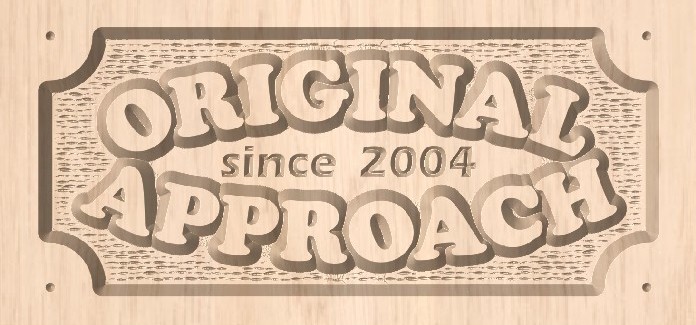|
Uses:
Red oak is largely cut into lumber, railroad ties, mine timbers, fenceposts, veneer, pulpwood and fuelwood. It is remanufactured into flooring, furniture, general millwork, boxes, pallets and crates, caskets, wooden ware and handles. Red oak is not suitable for tight cooperage or exterior work. Oak is full of tannic acid and in fact the tannic acid in the bark was used for tanning animal hides for centuries. When the tannic acid mixes with the iron in our water it creates a chemical blue dye. This is why red oak stains black when water is allowed to penetrate the surface.....and why you must be careful not to get water on your red oak flooring.
The Tree: Quercus Rubra
Northern red oak is the largest group in this family and has the broadest distribution across North America. It has great commercial significance. The trees can grow to 150' and 4'+ in diameter. There are many other varieties of red oak, Shumard, black, scarlet, water, willow, pin and nuttal oak, that grow in more select areas. White Oaks are separated from their cousins in the red oak family. The pores of the heartwood of white oaks are usually plugged with a membranous growth known as tyloses. This makes it impenetrable to liquids and ideally suited to the boat industry. The red oak, on the other hand, has no tylose in its cells, and thus not used in any marine based applications. Red oaks are broadly distributed across the United States and southeastern Canada.
Wood Description:
The sapwood is nearly white and usually one to two inches thick; the heartwood is brown with a tinge of red or pink. It seems that the farther south the wood is cut the redder and coarser it gets. Due to slower growth, wood cut in northern US and southern Canada has a finer texture, more consistent pale pink colour and somewhat denser, than central or southern US oak.
Northern Oak is preferred in all turning and flooring applications. Southern oak is easier to mill, due to its softer texture, but does have more tendency to splinter and tearout. The wood is most often straight grained, and open pored. It can be steam bent with caution. After drying properly it is one of the most dimensionally stable domestic woods, even in wider widths. It is broadly available in a good selection of widths and thicknesses. Lower grades show significant variation in colour and of coarse knots.
Weight: average for all red oaks is 48 lbs. per cu.ft.
Finishing:
Red Oak finishes and stains easily. It has none of the blotching problems that are associated with birch or maple. The open pores absorb more stain, so the grain pattern becomes quite evident when a dark stain is applied to red oak. If you hope to achieve a near glass like appearance with the top coat, it is almost always necessary to use a pore filler. For effect, try top coating a couple of times and then tint the pore filler a contrasting colour, fill the pores, sand and then top coat again. The effect is quite fascinating.
Machining:
All oaks have a relatively normal dulling effect on cutting edges. It is not quite as easy as cherry or walnut to cut, but certainly not as hard as maple. Red oak sands easily. The wood does have a strong grain, so you do have to be careful in routing across the grain. Route the end grain first and then the side grain, hoping the second pass will remove any tear out. Oak can edge burn, but if your knives are sharp and you don't stall the router in any one place, it is not a major problem. The burn marks do sand off.
Always feed oak through the jointer, aware of correct grain direction. It is a good idea to predrill holes for nails or screws. Using proper drill bits, designed for wood, will help to reduce the amount of walk occurring in any drilling operation. Oak glues easily, but it is a good idea to remove the excess before it dries. If this comes in contact with iron bar clamps, the resulting blue stain may penetrate and stain your panel. As a turning wood, it tends to splinter, but can be cut with sharp tools.
|




